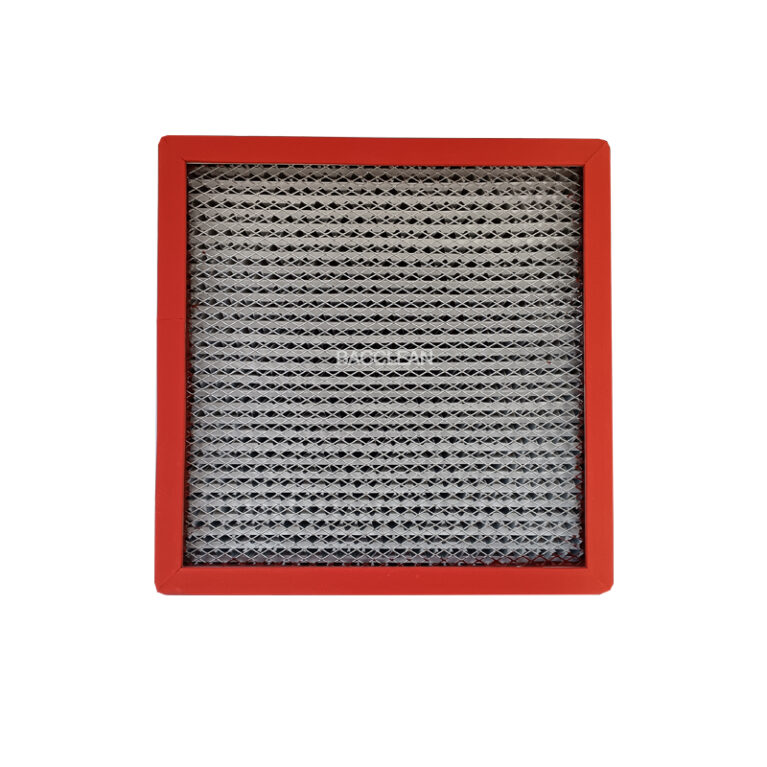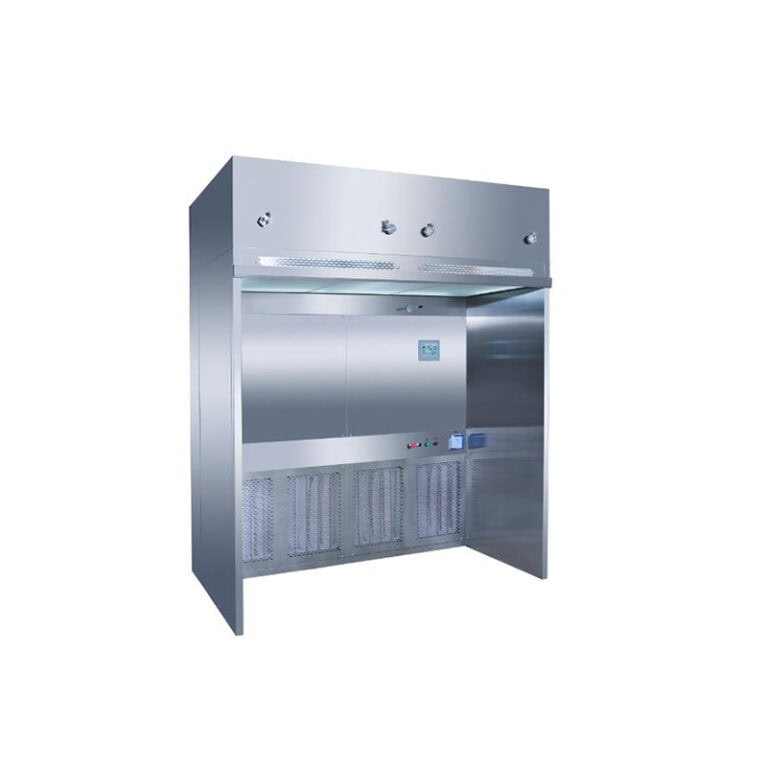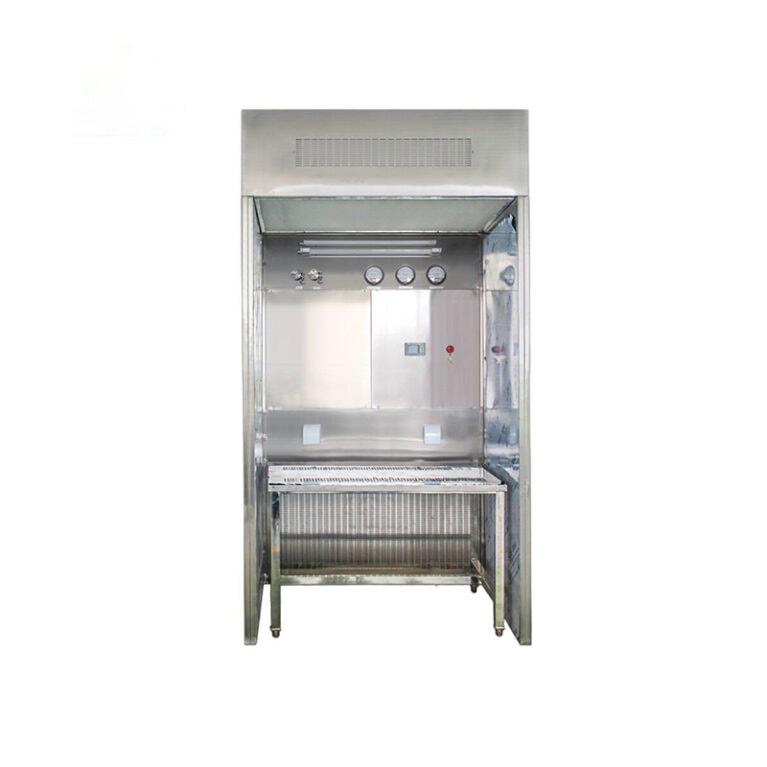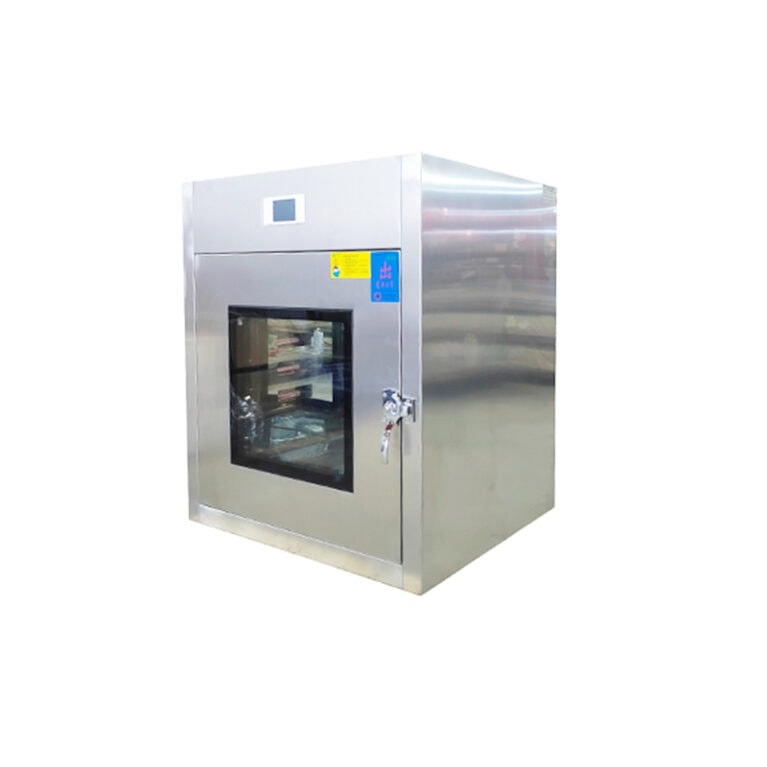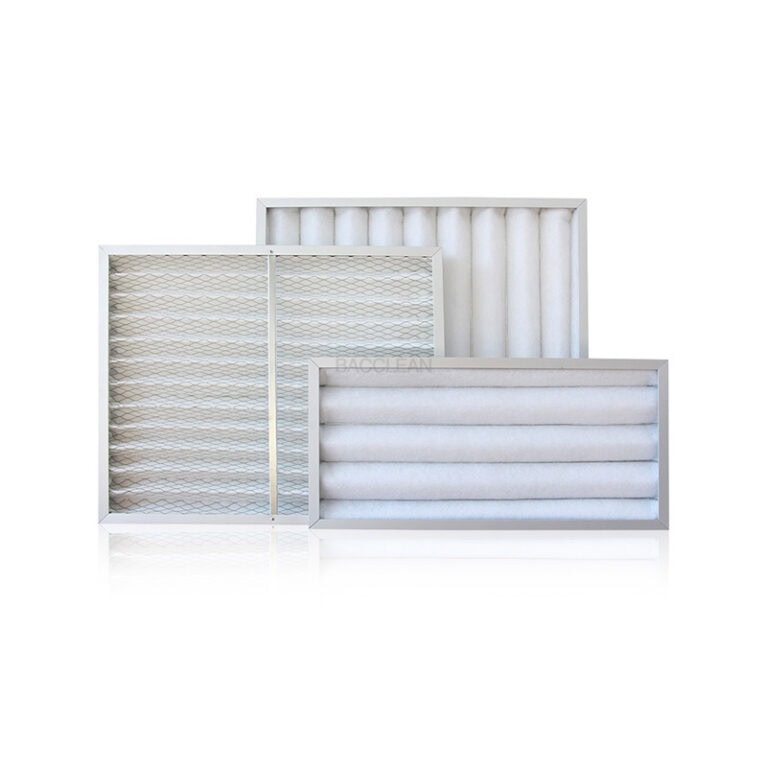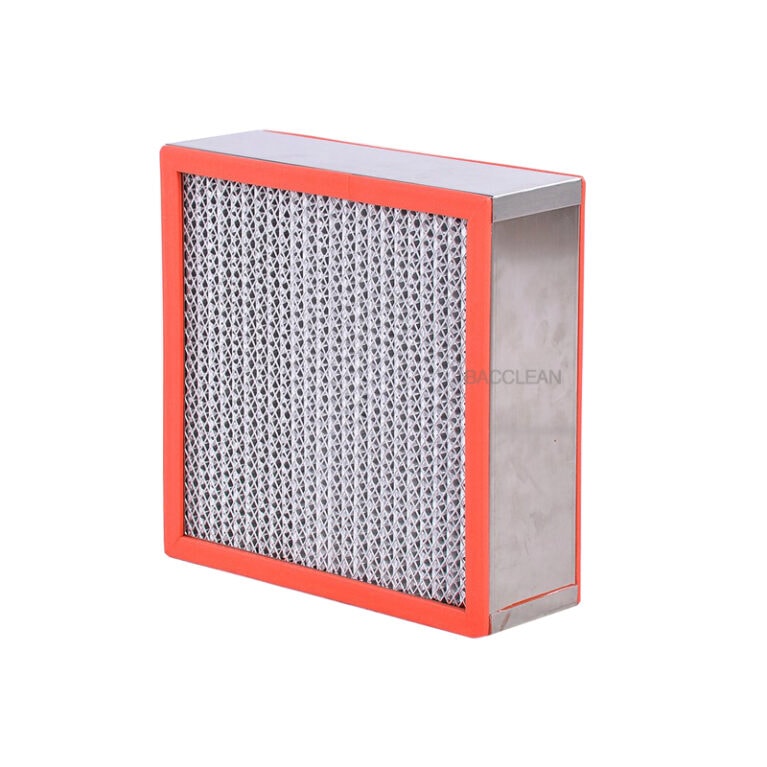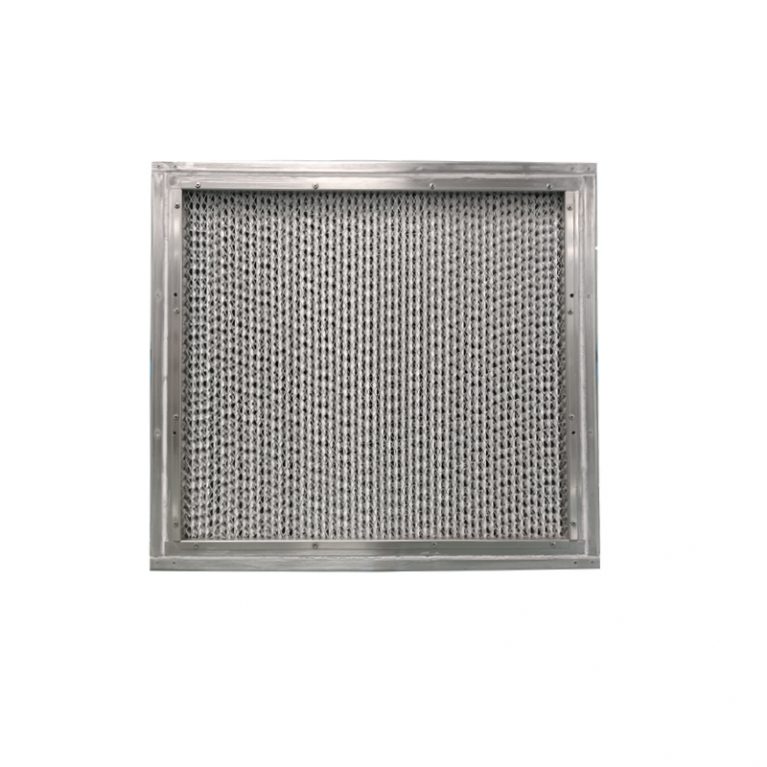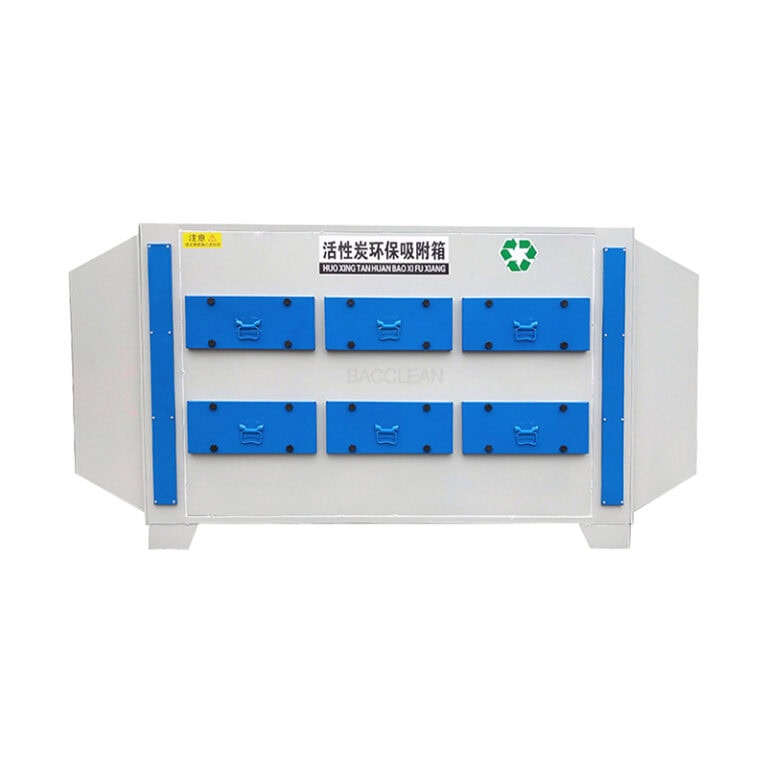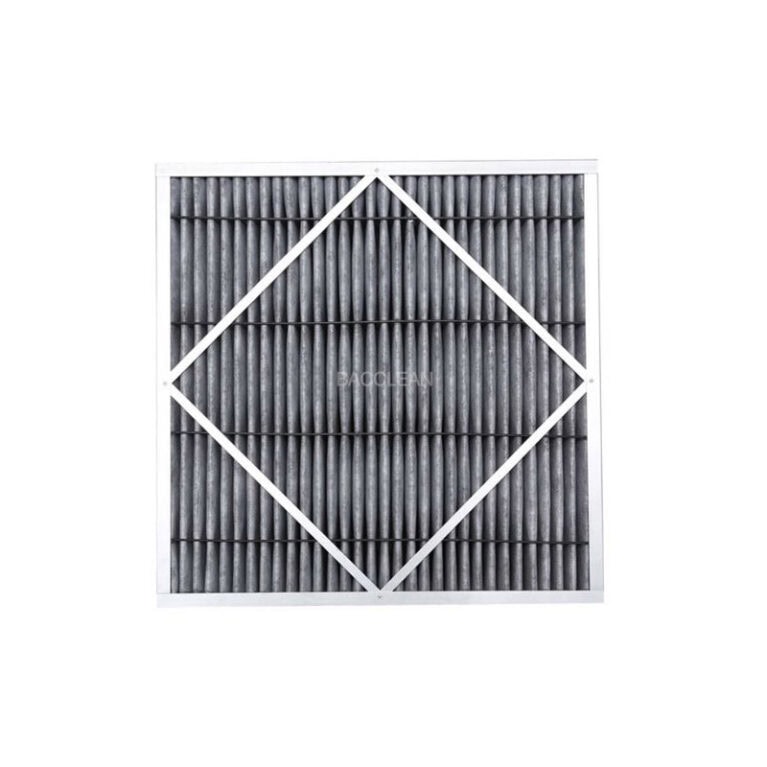There are significant differences between chemical fiber bag air filters and glass fiber bag air filters in terms of filtration performance, material properties, and applicable scenarios. When making a choice, specific requirements (such as filtration accuracy, environmental conditions, cost, etc.) should be comprehensively considered. The following is an explanation based on the core differences
I. Differences in Filter Material and Structure
Chemical fiber bag filter
The filter material is mainly made of synthetic fibers such as polyester (PET) and polypropylene (PP), which are soft and strong in toughness. It is produced through processes such as spunbonding and meltblown. The structure of filter bags is usually a multi-layered pleated or fluffy bag-like, with uniform distribution of voids between fibers and large dust-holding Spaces.
Fiberglass bag filter
The filter material is centered on glass fiber, which is hard in texture and relatively brittle. It is made through layer-by-layer superposition or weaving processes. Glass fibers have a finer diameter (down to the micrometer level), a higher fiber density, and a more compact filter layer structure.
Ii. Differences in Applicable Scenarios
Typical scenarios of chemical fiber bag filters
Medium and low-efficiency filtration of central air conditioning fresh air/return air systems (such as in office buildings, shopping malls, and hotels);
Humid environments (such as ventilation during the rainy season in the south, food processing workshops) or industrial ventilation with slight corrosion (such as pretreatment in electroplating workshops);
Scenarios with high dust holding capacity requirements and a desire to reduce replacement frequency (such as ventilation in large factories);
Cost-sensitive scenarios (chemical fiber filter materials offer better value for money).
Typical scenarios of fiberglass bag filters
Ventilation and filtration in high-temperature environments (such as boiler workshops, paint baking rooms, and metallurgical workshops, where the temperature often exceeds 80℃);
Medium and high-efficiency filtration with high filtration accuracy requirements (such as pre-filtration in clean rooms, electronic component workshops);
A dry environment without severe mechanical vibration (to avoid fiberglass breakage);
Systems that need to withstand short-term high-temperature shocks (such as the filter at the oven outlet).
Iii. Other Matters needing Attention
Cost: Due to the higher material and process costs, the unit price of fiberglass filter media is usually 20% to 50% higher than that of chemical fiber filters with the same efficiency.
Maintenance: The part of the chemical fiber filter can be cleaned and reused (it is necessary to confirm whether the material is washable), while the glass fiber filter cannot be cleaned and needs to be replaced directly.
System matching: The initial resistance of the fiberglass filter is relatively high. It is necessary to ensure that the air pressure of the matching fan is sufficient to avoid affecting the air volume.
In conclusion, when making a choice, it is necessary to first clarify the core requirements of the scene, such as temperature, humidity, filtration accuracy, and maintenance cost, and then match the most suitable type based on the performance differences between the two.
